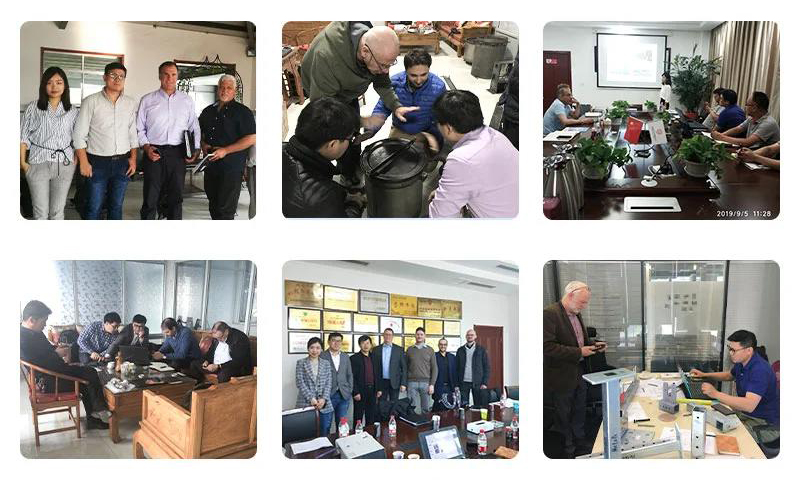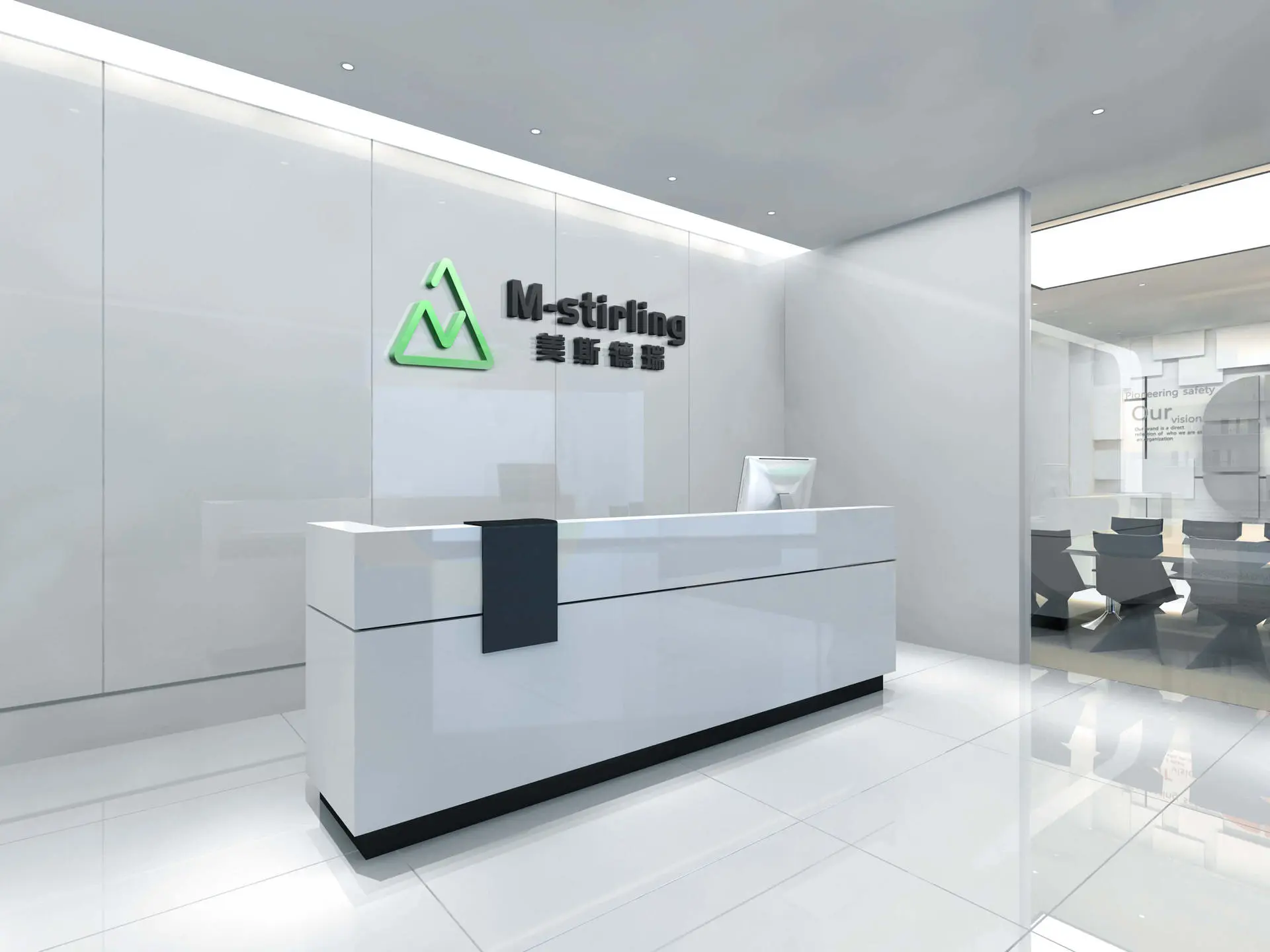- All
- Product Name
- Product Keyword
- Product Model
- Product Summary
- Product Description
- Multi Field Search



| Availability: | |
|---|---|
Product name : universial oil cooler hydraulic air cooler quick cool heat exchanger oil radiator
An anti-vibration hydraulic air-cooled radiator is a type of radiator that is designed to dissipate heat from hydraulic systems and industrial equipment.
This type of radiator also includes additional features to reduce vibration, such as rubber mounting pads or springs. These components absorb and dampen vibrations, preventing them from being transferred to the radiator and other parts of the cooling system.
The hydraulic fluid flows through the radiator and is cooled by the air that passes through the fins. As the fluid flows through the radiator, the heat is dissipated and the fluid is returned to the hydraulic system at a lower temperature.
PRODUCT DESCRIPTION | ||
NO. | ITEM | DESCRIPTION |
1 | Material | Aluminum alloy |
2 | Dimension (L*W*T) | Up to 1200*1000*120 mm |
3 | Cooling Capacity | 300 to 2000 W |
4 | Working Pressure | 3 bars |
5 | Working temperature | 0 to 100℃ |
6 | Manufacturing Method | Brazing and welding |
7 | Cooling Method | Water to air |
9 | Surface Finish | Powder coating |
10 | Coolant | Deionized Water,Inhibited Glycol and Water,Dielectric fluid |
11 | Warranty time | 1 year |
12 | Place of Region | Jiangsu province of China |
13 | Reference Standard | GB/T 3190-2008,GB/T 14846-2008,ISO 2768 |
M-stirling’s radiators include
◆ Auto car radiators
◆ PC computer cooling radiators
◆ Motorcycle or electrical bicycle cooling radiators
◆ Vacuum or CAB brazed aluminum intercooler with aluminum extruded tanks welded



About radiator
Radiators are heat exchangers used to transfer thermal energy from one medium to another for the purpose of cooling and heating. The majority of radiators are constructed to function in cars, buildings, and electronics.
A radiator is always a source of heat to its environment, although this may be for either the purpose of heating this environment, or for cooling the fluid or coolant supplied to it, as for automotive engine cooling and HVAC dry cooling towers. Despite the name, most radiators transfer the bulk of their heat via convection instead of thermal radiation.
Product name : universial oil cooler hydraulic air cooler quick cool heat exchanger oil radiator
An anti-vibration hydraulic air-cooled radiator is a type of radiator that is designed to dissipate heat from hydraulic systems and industrial equipment.
This type of radiator also includes additional features to reduce vibration, such as rubber mounting pads or springs. These components absorb and dampen vibrations, preventing them from being transferred to the radiator and other parts of the cooling system.
The hydraulic fluid flows through the radiator and is cooled by the air that passes through the fins. As the fluid flows through the radiator, the heat is dissipated and the fluid is returned to the hydraulic system at a lower temperature.
PRODUCT DESCRIPTION | ||
NO. | ITEM | DESCRIPTION |
1 | Material | Aluminum alloy |
2 | Dimension (L*W*T) | Up to 1200*1000*120 mm |
3 | Cooling Capacity | 300 to 2000 W |
4 | Working Pressure | 3 bars |
5 | Working temperature | 0 to 100℃ |
6 | Manufacturing Method | Brazing and welding |
7 | Cooling Method | Water to air |
9 | Surface Finish | Powder coating |
10 | Coolant | Deionized Water,Inhibited Glycol and Water,Dielectric fluid |
11 | Warranty time | 1 year |
12 | Place of Region | Jiangsu province of China |
13 | Reference Standard | GB/T 3190-2008,GB/T 14846-2008,ISO 2768 |
M-stirling’s radiators include
◆ Auto car radiators
◆ PC computer cooling radiators
◆ Motorcycle or electrical bicycle cooling radiators
◆ Vacuum or CAB brazed aluminum intercooler with aluminum extruded tanks welded



About radiator
Radiators are heat exchangers used to transfer thermal energy from one medium to another for the purpose of cooling and heating. The majority of radiators are constructed to function in cars, buildings, and electronics.
A radiator is always a source of heat to its environment, although this may be for either the purpose of heating this environment, or for cooling the fluid or coolant supplied to it, as for automotive engine cooling and HVAC dry cooling towers. Despite the name, most radiators transfer the bulk of their heat via convection instead of thermal radiation.

